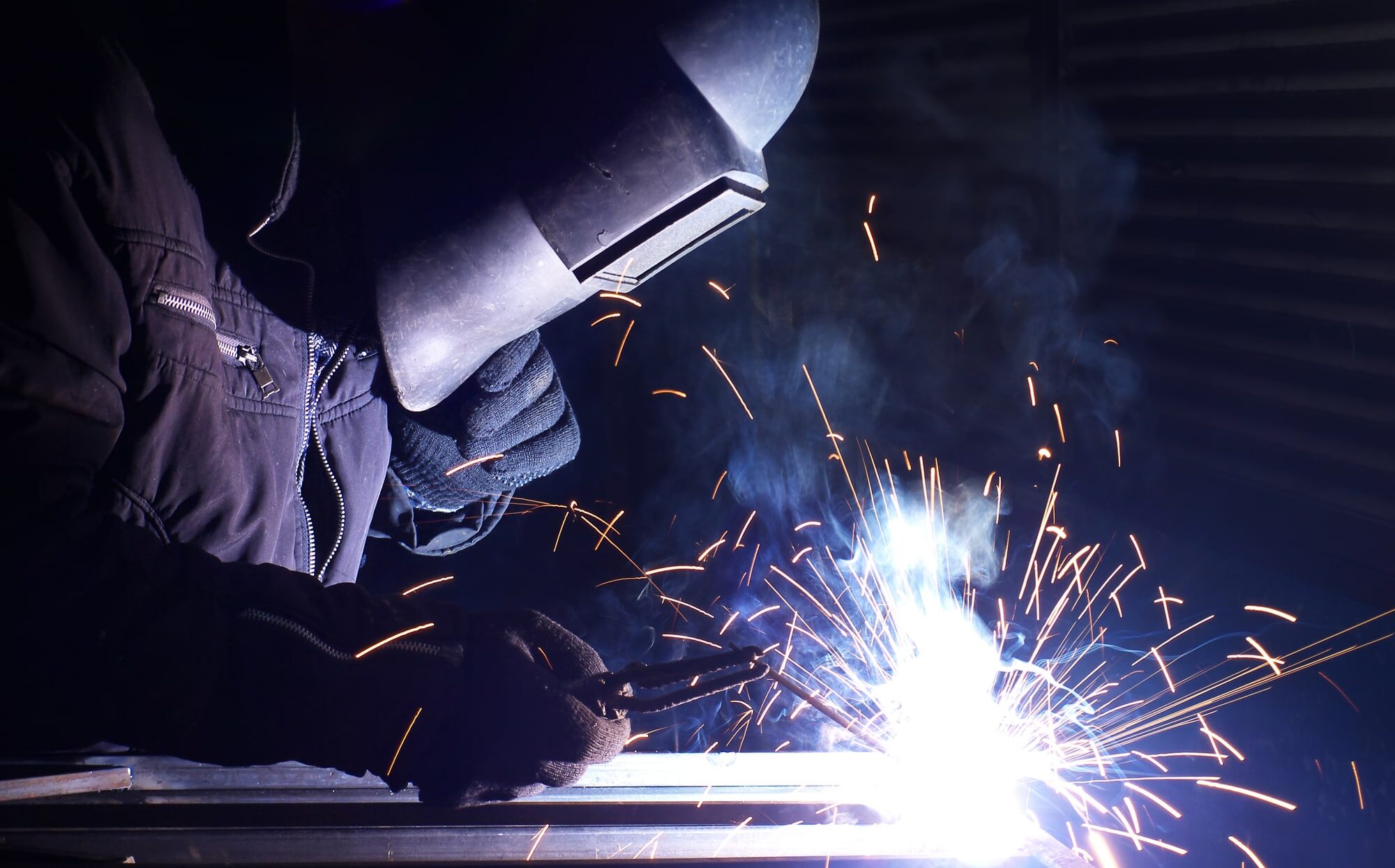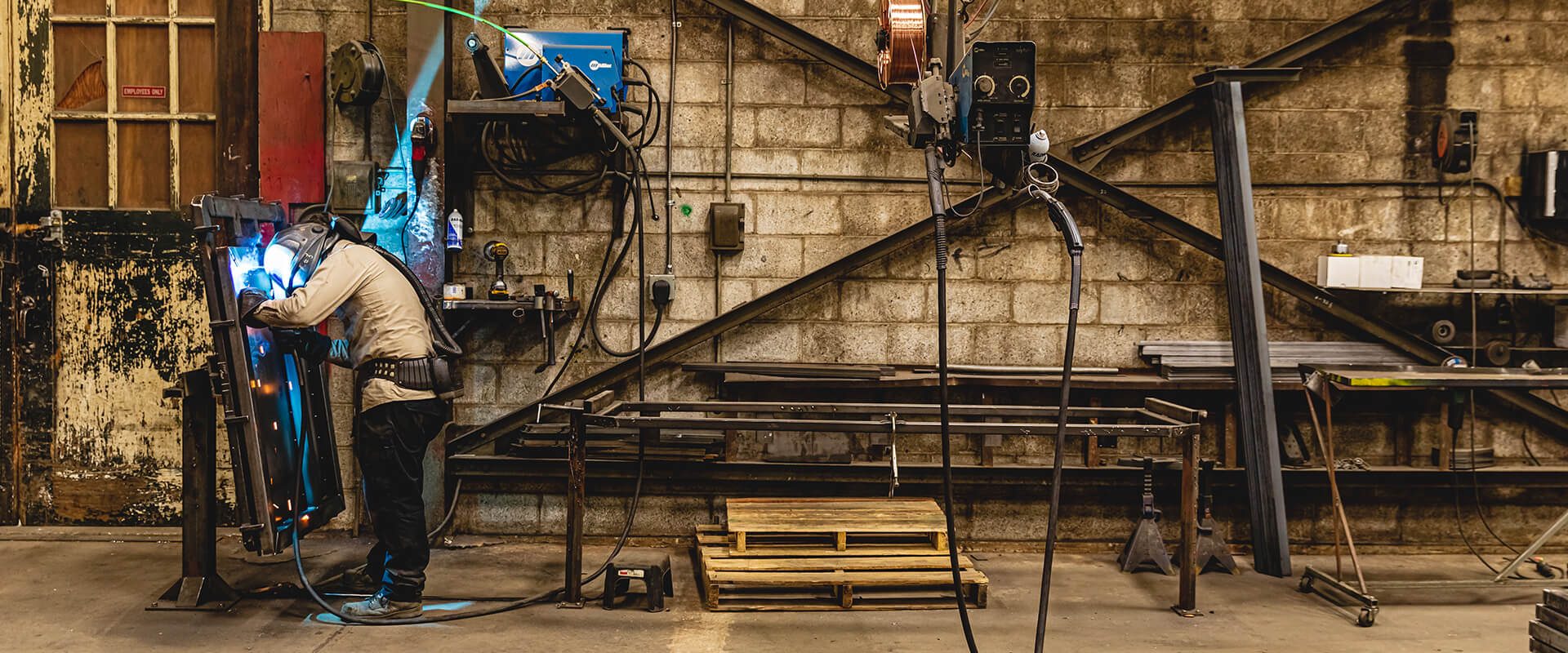Common Welding Fixing Issues and How to Address Them Effectively
Welding fixings usually run into a series of concerns that can threaten the honesty of the end product. Usual troubles consist of insufficient infiltration, porosity, and imbalance, to name a few. Each problem presents one-of-a-kind challenges that call for specific strategies for resolution. Understanding these concerns is necessary for welders intending to improve their skills and outcomes. This conversation will explore these common welding fixing problems and efficient techniques to address them.
Insufficient Penetration
Insufficient infiltration takes place when the weld steel stops working to completely fuse with the base material, causing weak joints and potential architectural failures. This concern usually comes from insufficient warmth input, wrong electrode angle, or inappropriate welding speed. Welders may come across inadequate infiltration as a result of a miscalculation of the essential specifications for a details material density or type. Furthermore, contamination on the base material's surface area can prevent effective bonding, aggravating the trouble. To resolve insufficient penetration, welders need to assure ideal settings on their tools and preserve a tidy work surface area. Normal assessment of welds is suggested to identify any deficiencies early, allowing for prompt modifications and the prevention of compromised architectural stability in bonded assemblies.
Porosity
Porosity is a typical problem in welded joints that shows up as tiny gas bubbles entraped within the weld metal. This flaw can compromise the stability of the weld, leading to minimized toughness and prospective failure under stress. Belgrade Welding. Porosity generally occurs from contamination, moisture, or improper welding methods, which permit gases to run away into the molten weld pool. To deal with porosity, welders ought to guarantee proper surface area prep work, keep a clean workplace, and make use of appropriate welding specifications. Furthermore, selecting the right filler material and protecting gas can minimize gas entrapment. Regular assessment and screening of welds can help determine porosity early, assuring prompt restorative activities are taken, consequently maintaining the top quality and reliability of the welded framework
Imbalance
Imbalance in welding can arise from various factors, including incorrect arrangement and thermal development. Comprehending the source is necessary for reliable resolution. Several adjustment strategies are available to realign parts and ensure architectural integrity.
Reasons for Misalignment
Welding misalignment usually originates from a variety of underlying problems that can jeopardize structural integrity. One key reason is inappropriate fit-up of components prior to welding, which can result in gaps and uneven surfaces. Variations in thermal development during the welding procedure can also cause distortion, specifically if the products being joined have different coefficients of development. Additionally, insufficient fixturing and clamping may fall short to hold components safely in place, causing motion during welding. Poorly conserved devices, consisting of welding devices and devices, may introduce incongruities in the weld bead, further adding to imbalance. Ultimately, operator mistake, originating from inadequate training or experience, can likewise play a substantial function in producing misaligned welds.
Improvement Methods Offered
Addressing misalignment effectively calls for a mix of corrective methods tailored to the specific concerns available. One typical approach is making use of jigs or components to hold components in the appropriate placement throughout welding, guaranteeing regular alignment. Furthermore, pre-heating the products can assist lower distortion and boost fit-up. For significant imbalance, mechanical adjustment strategies, such as utilizing hydraulic jacks or clamps, can be employed to fix the placement before welding. Post-weld warmth therapy might additionally be essential to relieve anxieties triggered by misalignment. Cautious evaluation and adjustment throughout the configuration phase can prevent imbalance concerns from coming to be significant issues, advertising a smoother welding procedure and improving overall architectural honesty.
Distortion
Distortion is a typical obstacle in welding that can emerge from different variables, including irregular heating and cooling. Comprehending the reasons for distortion is necessary for implementing efficient avoidance strategies. Addressing this problem not just enhances structural honesty but also improves the total high quality of the weld.
Root causes of Distortion
When based on the extreme warm of welding, products often undertake modifications that can result in distortion. This sensation primarily arises from thermal development and contraction during the welding procedure. As the weld area warms up, the product increases; upon cooling, it acquires, which can develop interior anxieties. On top of that, irregular home heating throughout a work surface can exacerbate these tensions, causing bending or flexing. The type of material likewise plays a significant function; steels with differing thermal conductivity and coefficients of development might respond differently, resulting in unpredictable distortions. Furthermore, bad joint style and poor fixturing can add to imbalance throughout welding, enhancing the probability arc welding electrode of distortion. Recognizing these reasons is vital for efficient welding repair work and avoidance methods.
Avoidance Techniques
Effective avoidance methods for distortion during welding concentrate on regulating warmth input and guaranteeing proper joint design. Keeping a constant heat input aids to lessen thermal growth and contraction, which can lead to distortion. Making use of techniques such as preheating the workpiece can likewise minimize the temperature level slope, promoting consistent heating. In addition, choosing suitable joint designs, such as T-joints or lap joints, can boost stability and reduce anxiety focus. Implementing proper fixturing to safeguard the work surfaces in position even more aids in preserving positioning during the welding procedure. Staggered welding series can distribute warm extra uniformly, avoiding localized distortion. By applying these techniques, welders can significantly lower the click over here now chance of distortion and improve the overall top quality of their welds.
Fracturing
Cracking is an usual problem come across in welding repair work, typically resulting from various aspects such as inappropriate cooling rates, material choice, or insufficient joint preparation. The event of splits can substantially endanger the honesty of the weld, resulting in prospective failings during operation. To address this issue, welders must initially examine the origin, guaranteeing that materials work and appropriately selected for the particular application. Additionally, managing the air conditioning rate throughout the welding process is vital; rapid air conditioning can generate tension and cause cracking. Correct joint style and preparation also add to reducing the danger. Implementing these approaches can improve weld top quality and resilience, inevitably lowering the likelihood of breaking in ended up weldments.

Insufficient Fusion
A significant concern in welding repairs is incomplete fusion, which takes place when the weld metal does not sufficiently bond with the base product or previous weld passes - Montana Mobile Welding and Repair. This problem can lead to weaknesses in the joint, possibly compromising the integrity of the welded framework. Elements adding to insufficient fusion include insufficient warmth input, incorrect welding method, and contamination of the surfaces being signed up with. To address this concern successfully, welders must guarantee correct pre-weld cleansing and surface preparation, as well as change their welding parameters to accomplish ample penetration and combination. Routine inspection during the welding procedure can likewise aid recognize incomplete blend early, enabling prompt corrective procedures to improve the total high quality of the weld
Overheating
While welding fixings can boost structural stability, overheating provides a substantial challenge that can lead to product deterioration. Excessive warmth during welding can change the mechanical properties of metals, causing decreased toughness, increased brittleness, and bending. This phenomenon is especially critical in high-stress find more information applications where architectural integrity is critical. Identifying getting too hot can involve visual inspections for discoloration or distortion, in addition to checking temperature level throughout the welding procedure. To minimize the risks linked with overheating, welders need to use ideal methods, such as managing heat input, readjusting traveling speed, and using ideal filler materials. Furthermore, applying pre- and post-weld warmth therapies can aid recover material homes and boost the total high quality of the repair work, ensuring long-term performance and safety.
Regularly Asked Questions
What Are the Common Indications of a Welding Issue?

Just How Can I Examine My Welds for Quality?
To test welds for quality, one can make use of aesthetic inspections, ultrasonic screening, and radiographic methods. Each strategy assures architectural stability, recognizes issues, and validates adherence to defined criteria, eventually improving the integrity of the bonded joints.
What Security Precautions Should I Take While Welding?
When welding, one must prioritize safety by wearing appropriate personal protective devices, ensuring proper ventilation, securing flammable products away, keeping a clean workspace, and knowing surroundings to avoid injuries and mishaps.
Can I Fix a Weld Without Redoing the Entire Joint?
Fixing a weld without redesigning the entire joint is possible, depending upon the damages (Montana Mobile Welding and Repair Belgrade). Techniques such as grinding, adding filler product, or utilizing a welding process can successfully resolve details imperfections while preserving the surrounding framework
What Tools Are Important for Reliable Welding Fixes?
Important devices for effective welding repairs consist of a welding machine, cable brush, mill, protective equipment, clamps, and filler products. Each device plays a vital function in guaranteeing high quality and security throughout the repair work procedure. Porosity generally emerges from contamination, dampness, or improper welding techniques, which permit gases to leave into the liquified weld swimming pool. Badly conserved equipment, including welding makers and devices, may present disparities in the weld bead, additional adding to imbalance. When subjected to the extreme heat of welding, materials often go through adjustments that can lead to distortion. Cracking is a common problem encountered in welding fixings, typically resulting from various variables such as improper cooling prices, product selection, or insufficient joint preparation. A considerable issue in welding repair work is incomplete fusion, which occurs when the weld metal does not effectively bond with the base product or previous weld passes.
Comments on “Field-tested steps to eliminate porosity in welds with Belgrade Welding”